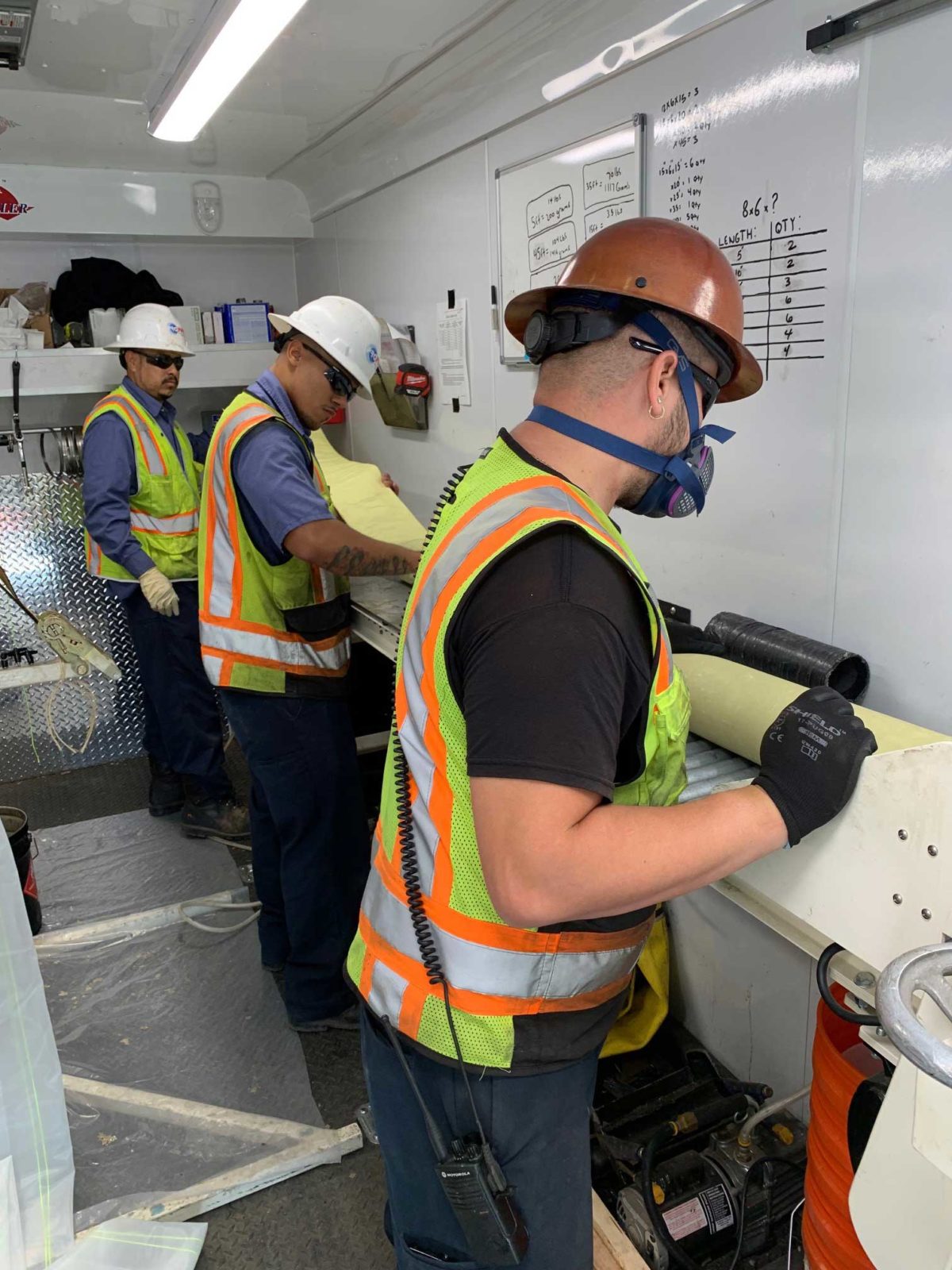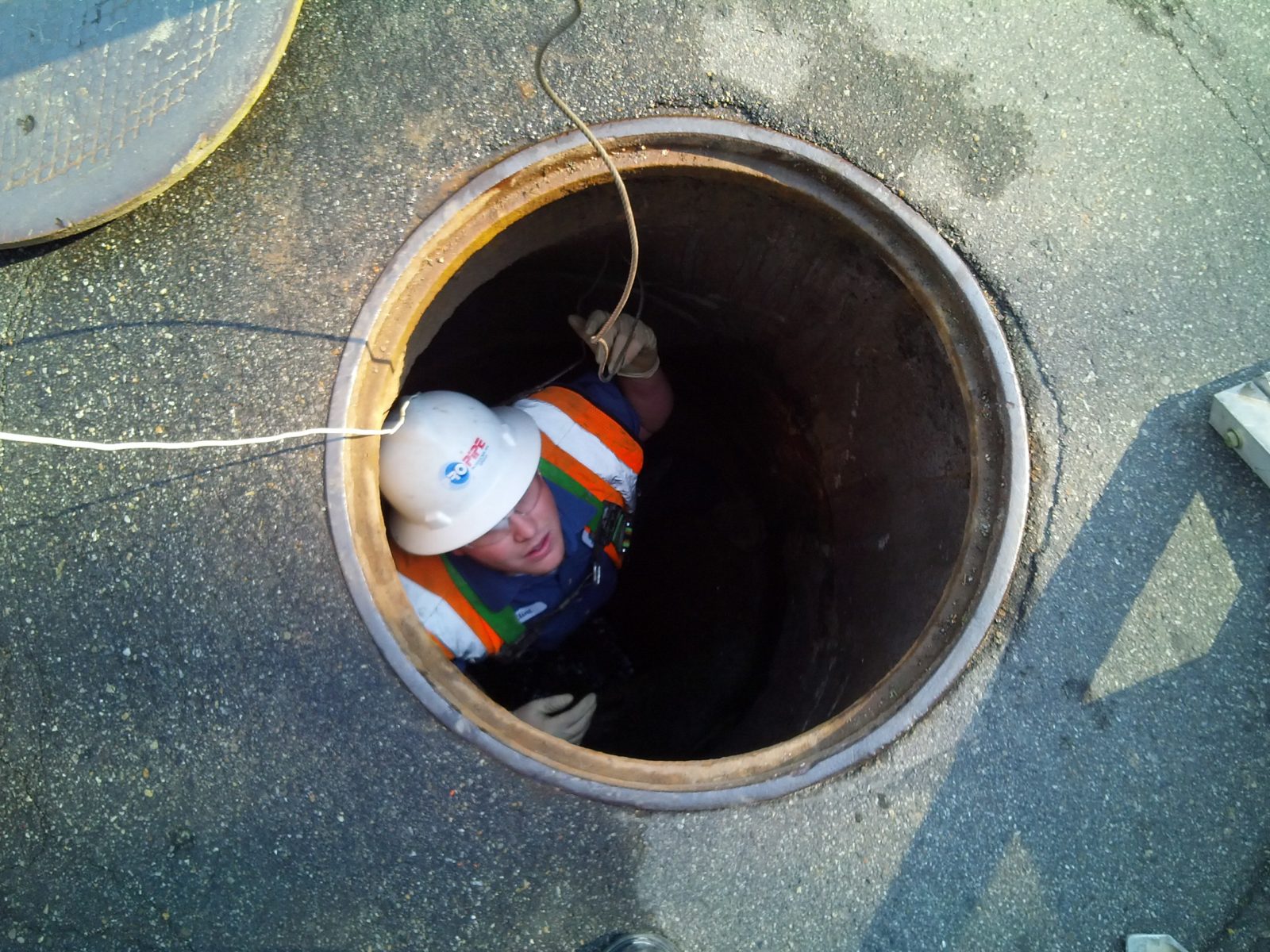CIPP PIPE REHABILITATION OFFERS EFFICIENCY AND SAFETY
Pro-Pipe offers CIPP (Cured-in-Place-Pipe) for trenchless repair of small-diameter pipes ranging from 4 to 15 inches in industrial, commercial and residential areas. This trenchless technology involves placing a special liner in damaged or broken sewer pipe, effectively creating a new pipe within the old one. CIPP repair uses a textile liner tube and a liquid resin to reline the damaged pipe.

